Located in a quiet residential area in Bangalore, the site encompasses an area of 2400sqft. It is facing the north and has three fully grown trees abutting the site. With a very simple and straightforward brief.
This home is a minimalistic and contemporary housing project for a family of three who wished to build a safe haven for themselves while making the most of the resources available. They wanted a spacious 3 bedroom residence for themselves while also having another unit that could be rented out. Geared with this brief, we had the freedom to design the building to offer the finest architectural experience to the occupants.
We began the design process of this home where we tried to integrate features of a traditional Indian home into a contemporary dwelling space. The idea was to offer the best views and experiences to the occupants that constantly leave one intrigued and interested while also offering visuals that bring comfort and solace. Dry and green courts were integrated into the plan to create pockets of spaces that were ideal to unwind, relax and bond. The plan is essentially open in nature with different spaces flowing into each other seamlessly. The parking and a 2BHK rental unit is placed on the ground floor. The duplex is spread over two floors where the lower floor accommodates the more social spaces like the dining, living etc, the upper floor is completely private in nature.
The stairs that take one to the entrance of the house are wide and vibrant which act as informal seating to enjoy quiet moments under the lush trees. The lotus bond with a bright yellow planter and a tranquil Buddha statue act as a buffer and create a welcoming ambiance. The large, open living space is inviting and luxurious and gives one a glimpse of the beautiful landscape that is carefully integrated into the living spaces. The dining area blends into the living space visually while being separated by a mere level difference. The puja court and bedroom are tucked on one side with the open kitchen abutting the dining area on the other side. Both the dining and kitchen are minimalistic in appearance and have a muted colour palette comprising of browns, white and grey. The dining area has low seating in tune with the client’s preference while looking into a dry court. The dining table extends into the court and is made of teak with live edges. The tree in the centre further adds to the charm of the house. The kitchen, though open in nature, remains highly efficient with a store room and utility tucked away behind. The puja room is accentuated with minimal wooden accents and bold angular elements that add a strong character while retaining the calmness and serenity of the space. The form adapted is inspired by the folding hands of a devotee and a low entrance is designed to ensure that one bends as they enter the puja room. This design principle is seen in ancient temples where the door frame is lowered to ensure that the devotees bend and enter, in a respectable fashion. The highlight of the entire space is winding spiral staircase which is sure to catch the attention of anyone who walks into the home.
The staircase is placed in a “staircourt”- a niche curved out in the middle of the house to place this highlight element that not only connects the home functionally but aesthetically as well. The court adjacent to the puja room embraces and augments the base of the stairs. In harmony with the lines and patterns of the puja room, the stairs spiral upwards into the ethereal aesthetic of the skylight. The staircase sits on a marble platform with an M.S ring. The void from which it emerges is filled with pebbles to add a complementary texture to the space and to create a sense of continuity amongst the other pockets created in the house. Bent M.S. sheet profiles circumscribing the staircase act as supports. Each step is an M.S sheet wrapped with timber on both sides. The melamine polished timber and the M.S sheets with a duco finish complement and balance each other’s colours in resonance with the rest of the house.
As the client was not too keen on having many or even a large skylight, the design thus includes lots of opening in the walls at various levels to create a stunning play of light while framing the views around the house.
The staircase takes one to the private section of the home. A family space flanked with cut-outs at different places greets one on this level. The master bedroom is placed on one side and the daughter’s bedroom on the other. A multipurpose space and a library are also present here. The master bedroom is extravagant in space and has a minimal colour palette of white, brown and grey. Low seating, low bed and dancing light filtering from between the trees in the balcony provide a tranquil ambiance suited for relaxation and rest. The daughter’s room is entered via the open library area which offers one a space to read, relax and even interact. The daughter’s room is large and has a pastel green theme to it. A nook to read and relax and a well furnished room that ensures the perfect canvas for a growing child completes this home.
While the interiors of the home is minimal in nature with abundant use of white, wood and greys, the exterior too follows a similar style. The facade is minimalistic too with a combination of different materials and finishes. Frames and cubes made of stark white and lush wood teamed with glass railings dominate the facade design. The facade gives a peek into the austere interiors of the house which is sure to pique the interest of the passerby. The depth of the different sections projecting out further adds to the aesthetic appeal of the home. The large windows and opening that give a great view from within are strategically placed in tandem with the other elements to ensure that while they bring in the views and the ventilation, they do not compromise on the privacy of the occupants.
Every project comes with its own set of challenges that push us to think harder and to create design solutions that are unique to each project. We had a great client who gave us the complete freedom to design as per our ideologies, thus we had to ensure that this freedom was rightly used to offer the very best to them. While we could not integrate large skylights, we resorted to openings at different heights and the placement of the same was critical and interesting just the same. It is interesting to see the way the opening shaped up and the experience they create which is unlike any other. We had to make sure that we were framing the best views and offering pleasant light to the clients without compromising on their safety and security.
The highlight of this home is definitely the staircourt and how is brings the entire house together. The minimalistic theme of the house creates the perfect stage for the staircase which seems like a sculpture in itself. The inhabitants of this house were a young family and hence it was important for us to design a house that would accommodate their growth. A little girl today, a young lady tomorrow- we had to ensure that the design offered an opportunity for growth and that it would adapt itself to the changing needs of the residents. While the entire house leaves us ecstatic and proud, the serene views, the tranquil library and the ethereal staircourt will remain our favourites.
Drawings –
Fact file
Project name: The Transient Nest
Design firm: Studio WhiteScape
Area: B’Lore
Location: Raghuvanahalli- kanakpura road, Bengaluru
Design team: Chaithra M, Kavya, Shruthi, Ruchi.
Principal architects: Manjunath C N
Client: Avinash, Shwetha & anokhi
Photography PhxIndia

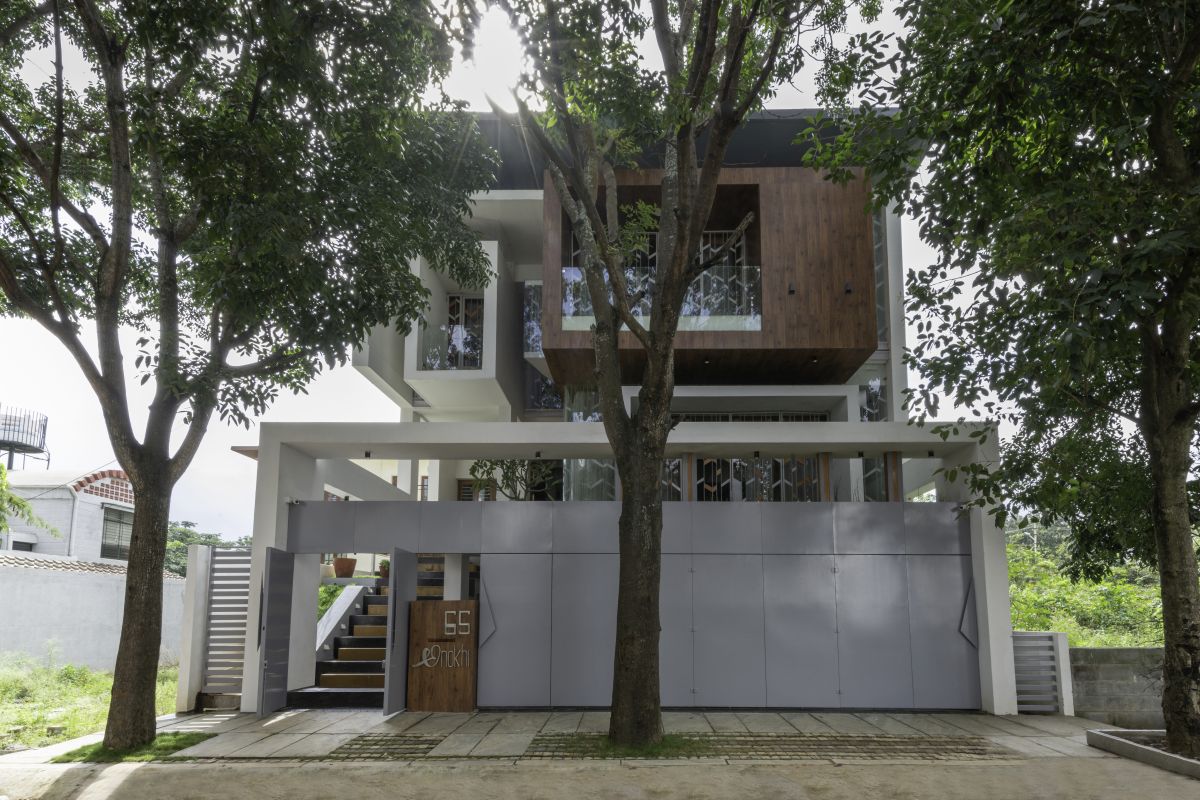
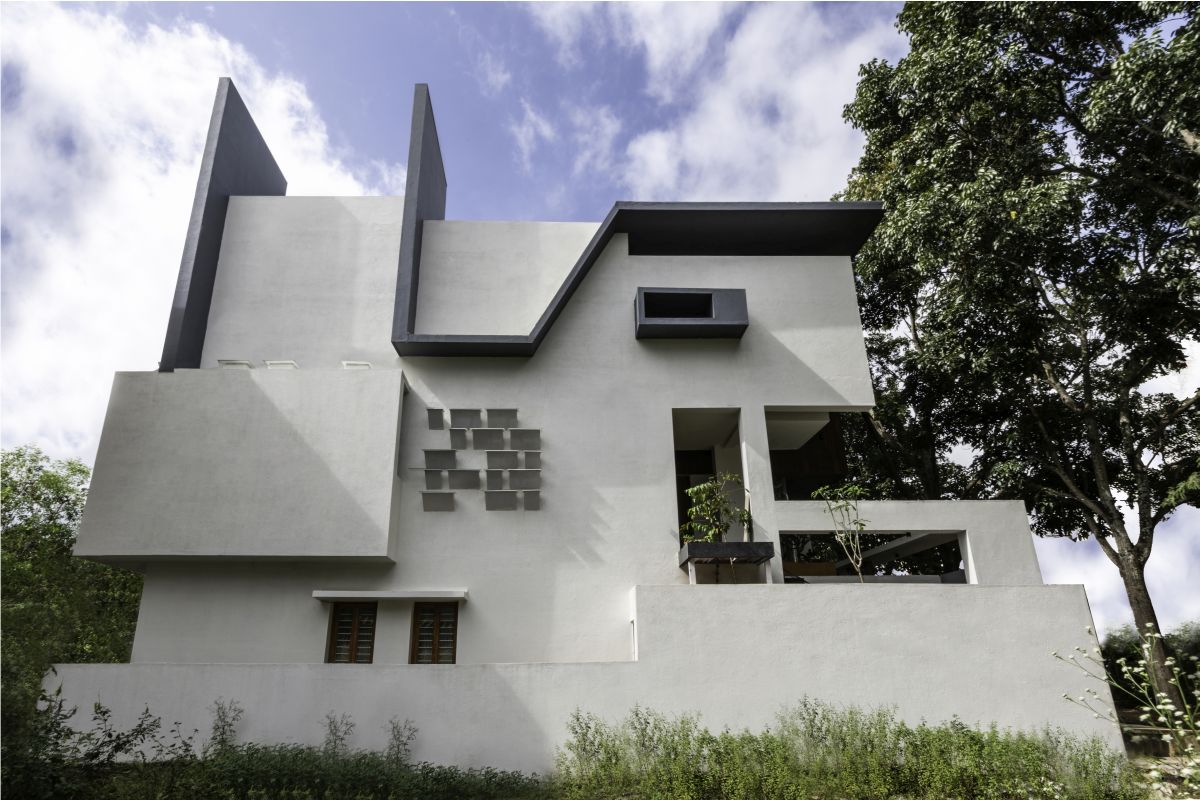
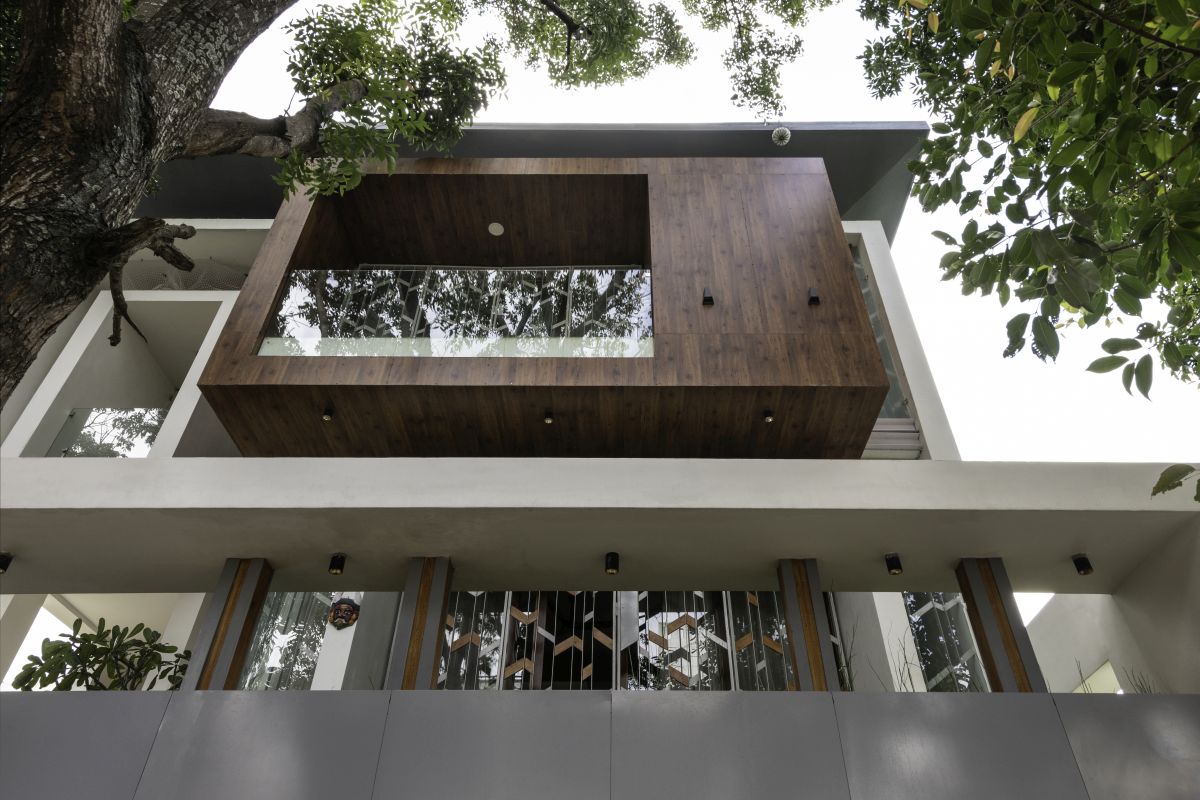
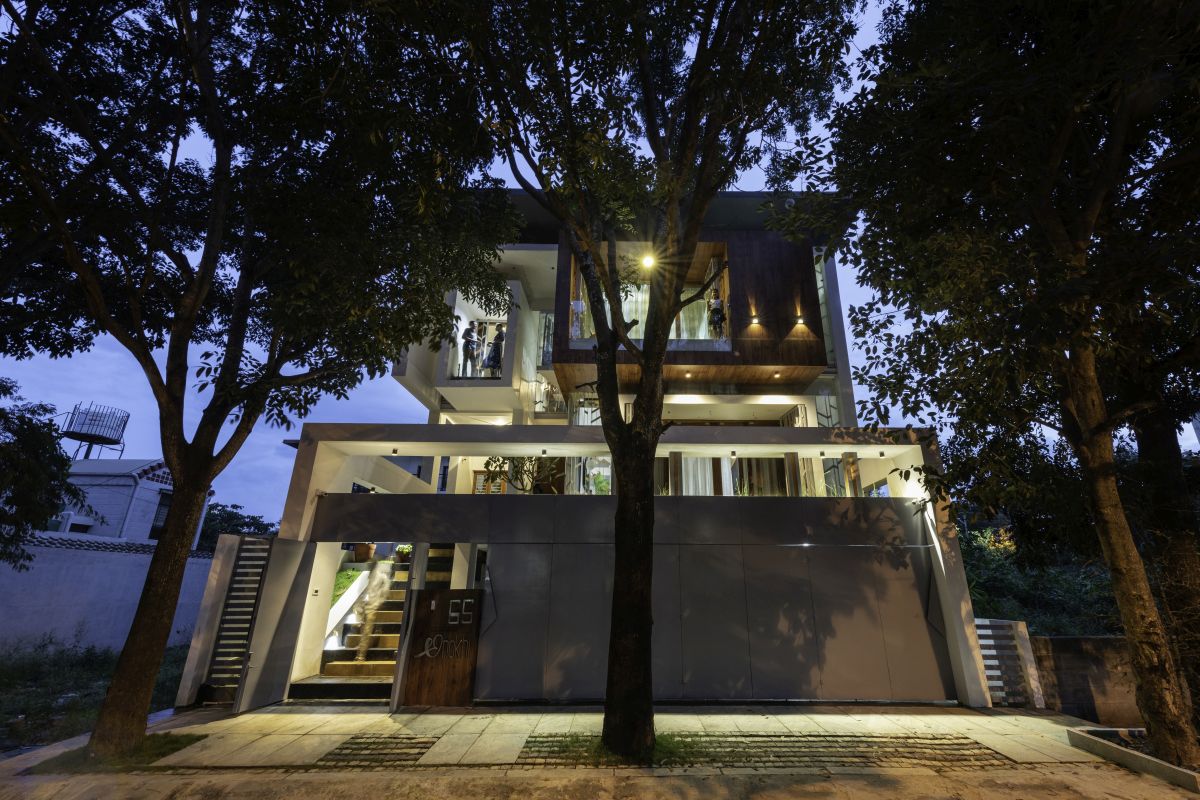
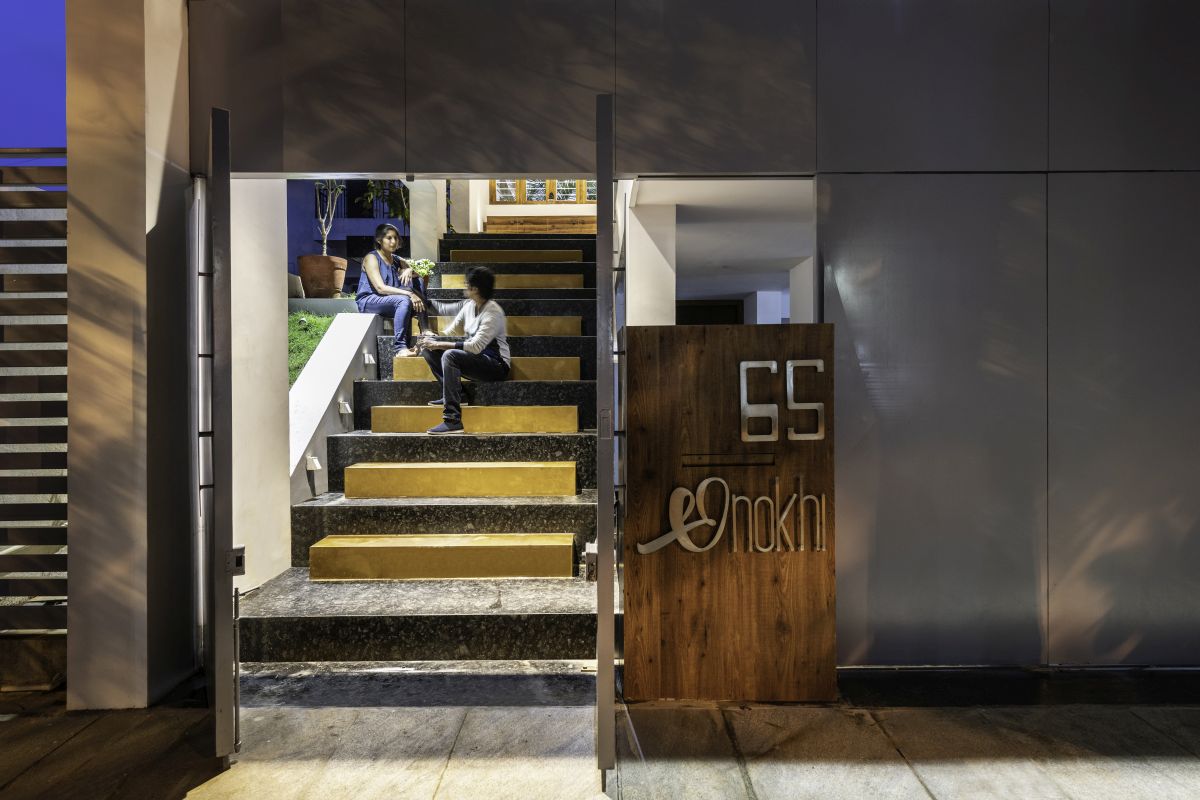


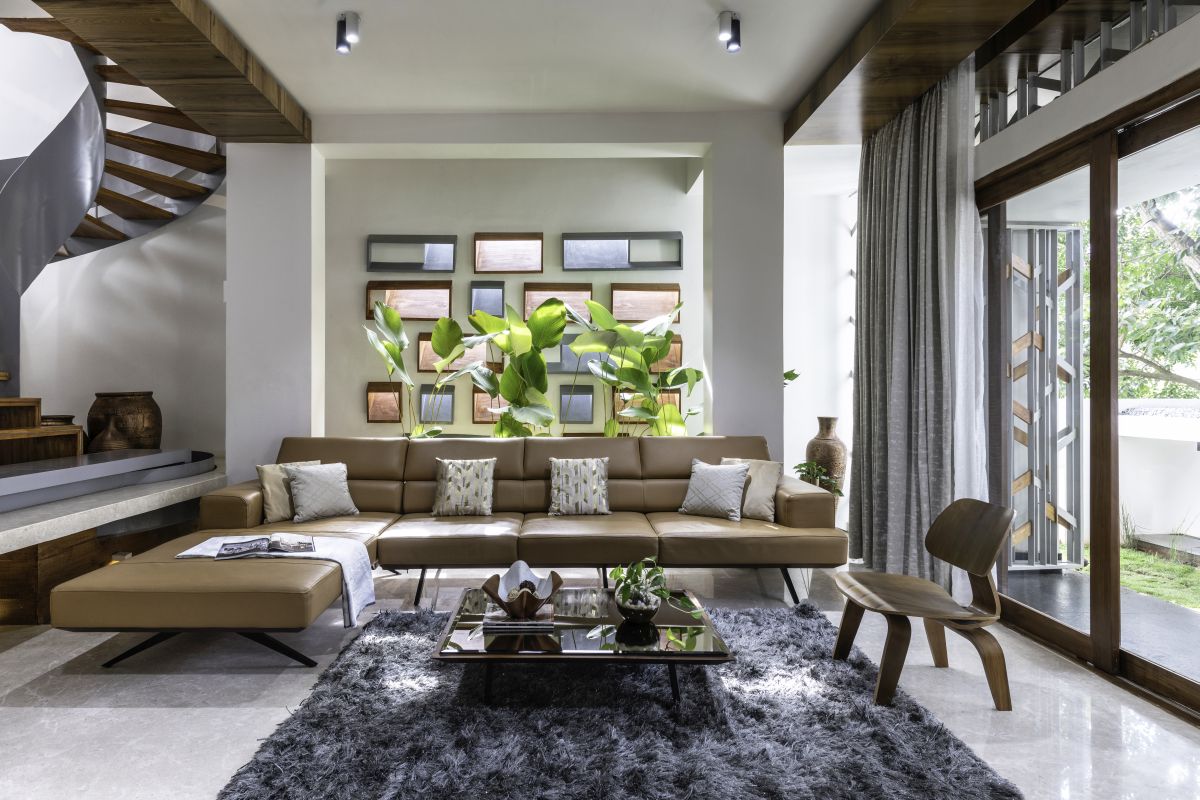










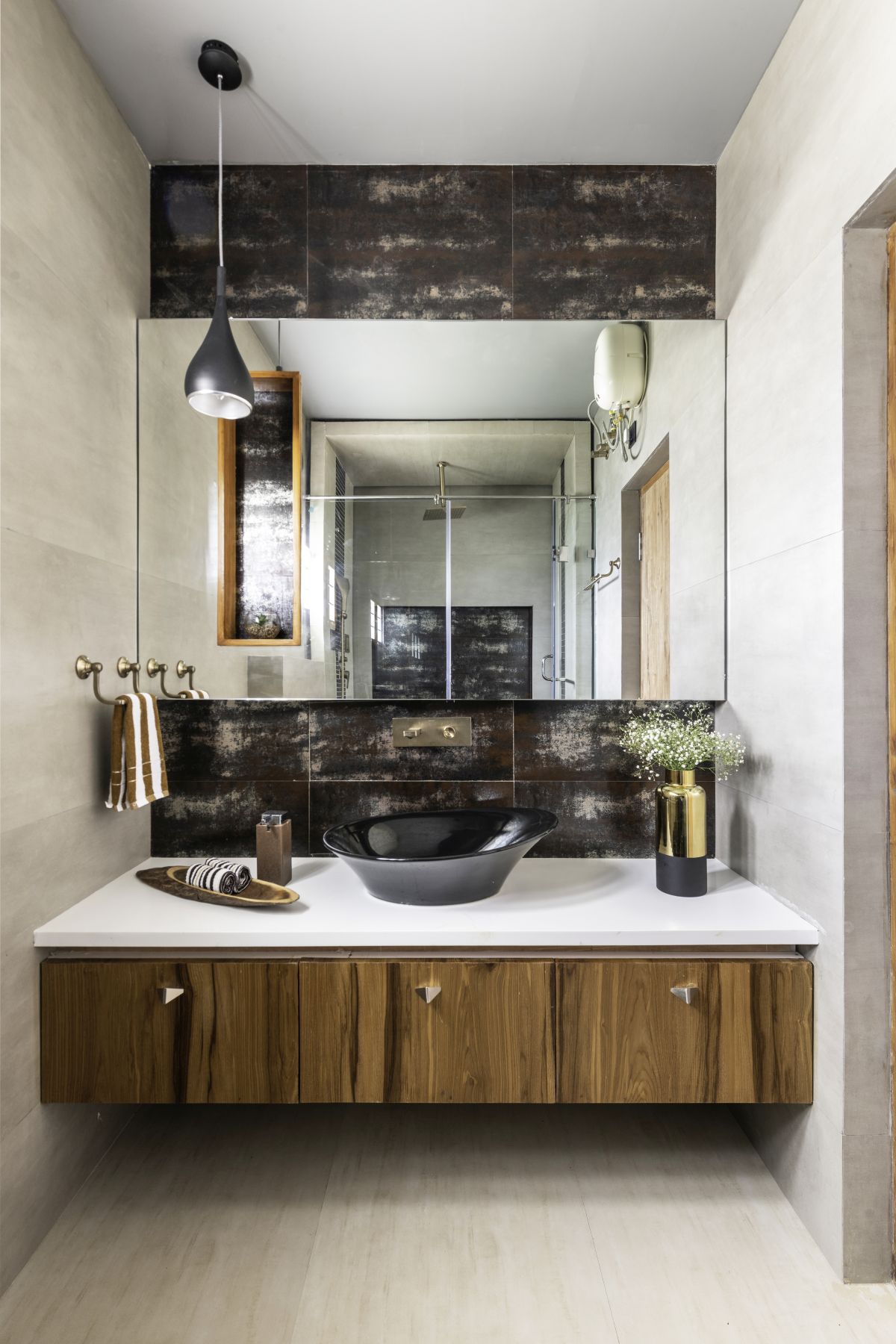

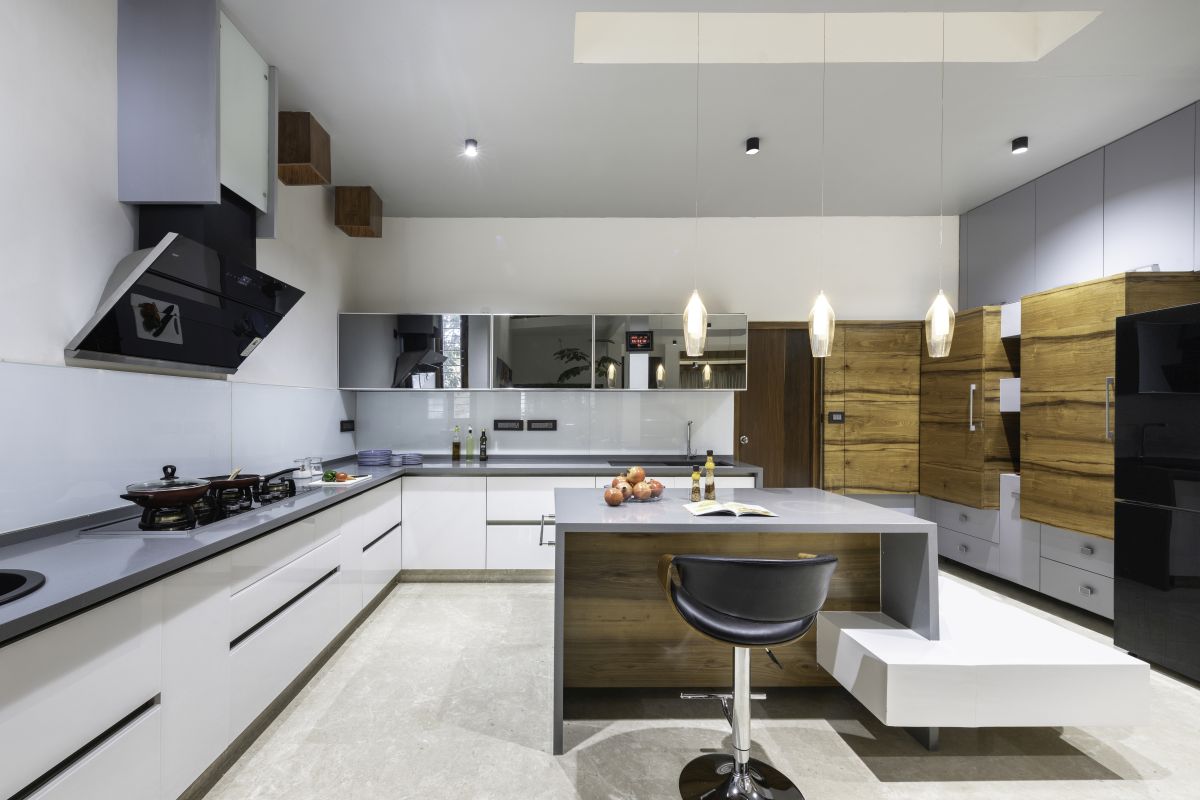










One Response
I do not see any reason to waste the space overlooking the front façade on the upper floor.. Then what if we want to access the roof and enjoy it?